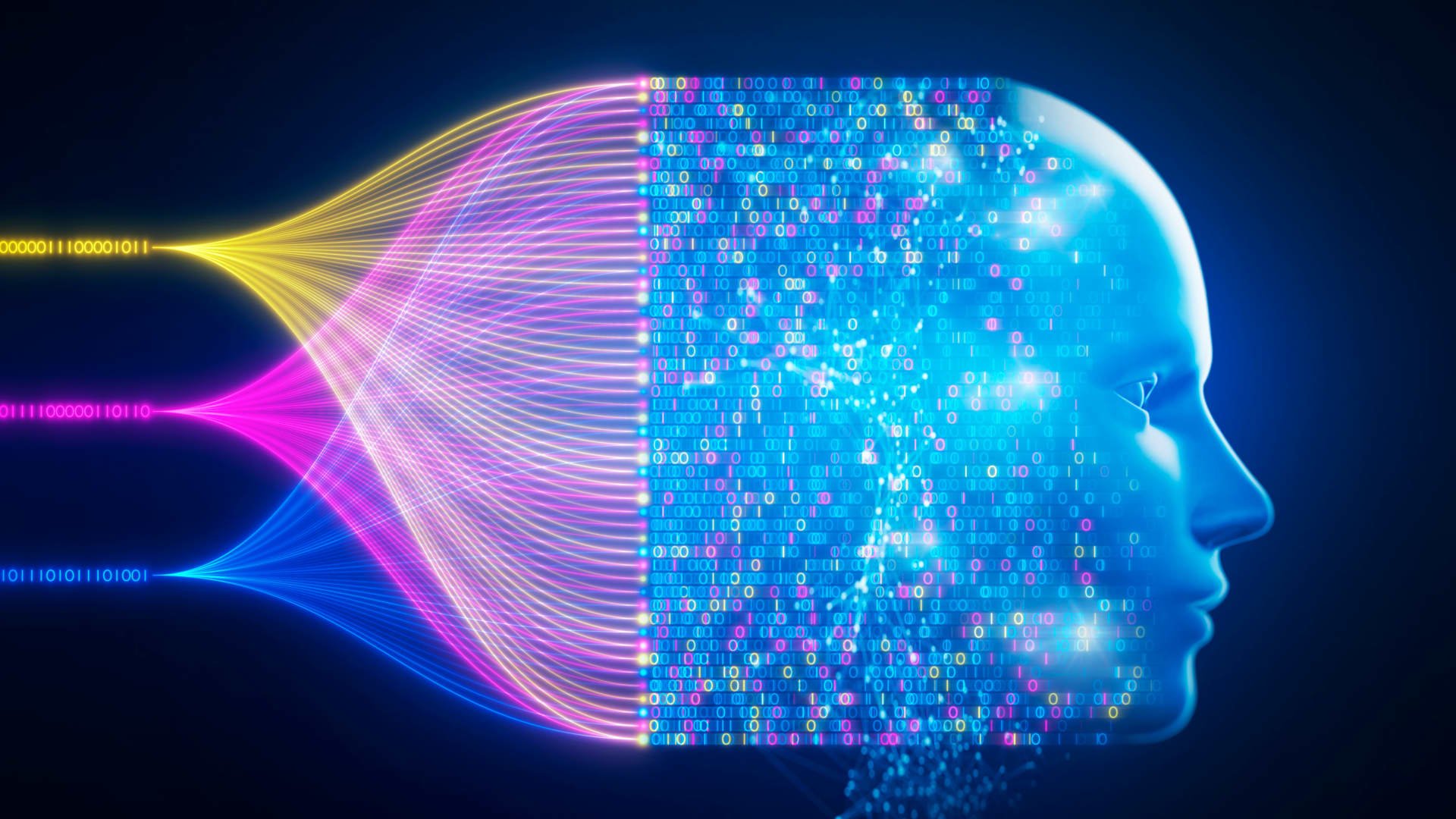Imagine this: a piece of technology that can remove clothing from photos with just a click. Sounds like something outta a sci-fi movie, right? But here we are, living in a world where AI undress technology exists. It's not just about tech anymore; it's about privacy, ethics, and the future of digital boundaries. So, buckle up because we're diving deep into this controversial topic that's got everyone talking.
AI undress isn't just another buzzword in the tech world. It's a game-changer that's sparking debates across the globe. While some see it as a groundbreaking innovation, others view it as a potential threat to personal privacy. In this article, we'll break down everything you need to know about this tech, its implications, and why it matters to you.
Before we dive in, let's get one thing straight: this isn't just about the tech itself. It's about the ethical dilemmas, legal challenges, and societal impact that come with it. So, whether you're a tech enthusiast, a privacy advocate, or just someone curious about the future of AI, this article's got something for you.
- Unlock The World Of Filmyfly South Movies Hindi Dubbed
- Aditi Mistry All Videos A Deep Dive Into Her Journey And Online Presence
What Exactly is AI Undress?
First things first, let's clear the air on what AI undress actually is. At its core, it's an AI-powered tool that uses deep learning algorithms to digitally remove clothing from images. Sounds simple enough, but the implications are anything but. This tech is part of a broader category known as "synthetic media," which includes deepfakes and other forms of AI-generated content.
Now, here's the kicker: the tech isn't inherently bad. In fact, it has some legit uses, like in the fashion industry for virtual try-ons or in medical imaging for research purposes. But, like any powerful tool, it can be misused, and that's where the controversy kicks in.
How Does AI Undress Work?
Let's break it down in layman's terms. AI undress works by analyzing thousands of images to learn patterns and structures of human bodies. Once it's trained, the AI can predict what someone might look like without clothing based on the data it's learned. It's kinda like teaching a kid to draw by showing them millions of pictures, except this "kid" is a super-smart computer.
- Aditi Mistry Video Call The Inside Scoop Yoursquove Been Waiting For
- 7starhd 2025 Your Ultimate Guide To Streaming Movies Online
Here's the process in a nutshell:
- Data collection: Gathering tons of images for the AI to learn from.
- Training: Teaching the AI to recognize patterns and make predictions.
- Generation: Using the learned patterns to create new images.
It's all about algorithms and data, but the ethical questions start popping up when you think about where that data comes from and how it's used.
The Ethical Dilemmas Surrounding AI Undress
Let's talk about the elephant in the room: ethics. The biggest concern with AI undress is the potential for misuse. Imagine someone taking a photo of you without your consent and using this tech to create images that could harm your reputation. Yikes, right?
Privacy advocates are up in arms about this, and for good reason. The tech raises serious questions about consent, digital rights, and the boundaries of personal privacy. It's not just about protecting celebrities; it's about protecting everyone.
Consent and Control
One of the biggest issues is consent. Should someone have the right to control how their image is used? Absolutely. But with AI undress, that control can easily be taken away. It's like giving someone a key to your house without you knowing it.
Legal Implications
Now, let's talk law. Different countries have different laws when it comes to digital privacy. Some have strict regulations, while others are still playing catch-up. The challenge is creating laws that protect people without stifling innovation. It's a delicate balance that lawmakers are still trying to figure out.
Who's Behind AI Undress?
So, who's developing this tech? It's a mix of big tech companies, startups, and independent developers. Some are doing it for legitimate purposes, like improving virtual fashion experiences, while others... well, let's just say their intentions aren't as pure.
Here's a quick rundown of some of the major players:
- Big tech firms investing in synthetic media.
- Startups focusing on niche applications like virtual try-ons.
- Independent developers experimenting with the tech.
It's a Wild West out there, and that's part of the problem. Without proper regulation, it's hard to control who's using the tech and for what purposes.
The Future of AI Undress
So, where's this tech headed? That's the million-dollar question. Some experts predict that as AI continues to evolve, so will the capabilities of AI undress. On one hand, that could mean more advanced applications in fields like healthcare and fashion. On the other hand, it could mean even greater risks to privacy and security.
The key is finding a way to harness the tech's potential while minimizing its risks. That means better regulations, stronger privacy protections, and more transparency from developers. It's not an easy task, but it's a necessary one if we want to ensure that tech serves humanity, not the other way around.
Predictions and Possibilities
Looking ahead, here are a few predictions:
- Increased regulation as governments catch up with the tech.
- More focus on ethical AI development.
- Potential breakthroughs in fields like healthcare and fashion.
But remember, the future isn't set in stone. It's up to us to shape it in a way that benefits everyone.
How Can You Protect Yourself?
Now, let's talk about the practical stuff. If you're concerned about AI undress and its potential impact on your privacy, there are steps you can take to protect yourself. Here's a quick checklist:
- Be mindful of what photos you share online.
- Use privacy settings on social media to control who sees your photos.
- Stay informed about the latest developments in AI tech.
Knowledge is power, and in this case, it's also protection. The more you know about the tech, the better equipped you are to protect yourself and your data.
Tools and Resources
There are also tools and resources available to help you protect your digital privacy. Some of the best ones include:
- Privacy-focused browsers like DuckDuckGo.
- Encryption tools for securing your data.
- Reputable sources for staying informed about AI developments.
It's all about taking control of your digital presence and making informed decisions about what you share online.
Real-World Examples of AI Undress
Let's look at some real-world examples of AI undress in action. There have been several high-profile cases where the tech has been misused, leading to widespread outrage and calls for regulation. These cases highlight the urgent need for better controls and protections.
One example is the use of AI undress in revenge porn cases. Victims have found their images manipulated and shared without their consent, causing emotional distress and damage to their reputations. It's a sobering reminder of the tech's potential for harm if not properly regulated.
Success Stories
But it's not all doom and gloom. There are also success stories where AI undress has been used for good. In the fashion industry, for example, it's helping designers create more realistic virtual try-on experiences. In healthcare, it's aiding researchers in studying human anatomy without invasive procedures.
These examples show that the tech isn't inherently bad; it's all about how it's used. The key is finding ways to maximize its benefits while minimizing its risks.
Public Perception and Reaction
So, how are people reacting to AI undress? It's a mixed bag, to say the least. Some see it as a fascinating development in the world of AI, while others view it as a threat to personal privacy. Social media is ablaze with debates, and news outlets are covering the topic from every angle.
Public perception plays a big role in shaping the future of any tech. The more people understand the implications, the better equipped they are to demand change and push for better regulations.
Changing the Narrative
One way to change the narrative is through education. By informing the public about the tech's potential uses and risks, we can foster a more balanced conversation. It's about moving beyond the sensational headlines and focusing on the real issues at hand.
Conclusion: Where Do We Go From Here?
So, there you have it: a deep dive into the world of AI undress. It's a complex topic with far-reaching implications, but it's also an opportunity to shape the future of tech in a way that benefits everyone. By understanding the tech, its uses, and its risks, we can make informed decisions about how to move forward.
Here's what we've learned:
- AI undress is a powerful tool with both positive and negative potential.
- Privacy and ethics are major concerns that need to be addressed.
- Regulation and education are key to ensuring the tech is used responsibly.
Now, it's your turn. What do you think about AI undress? Leave a comment below and let's keep the conversation going. And if you found this article helpful, don't forget to share it with your friends. Together, we can shape the future of tech and ensure it serves humanity, not the other way around.
References
For more information on AI undress and its implications, check out these trusted sources:
- Research papers on synthetic media and AI ethics.
- Reports from privacy advocacy groups.
- News articles from reputable outlets covering the topic.
Stay informed, stay protected, and let's build a better future for everyone.
Table of Contents
- Aditi Mistry Viral Video Scandal Ndash The Truth Behind The Headlines
- Ai Undressing App The Controversial Tech Thats Raising Eyebrows Worldwide


